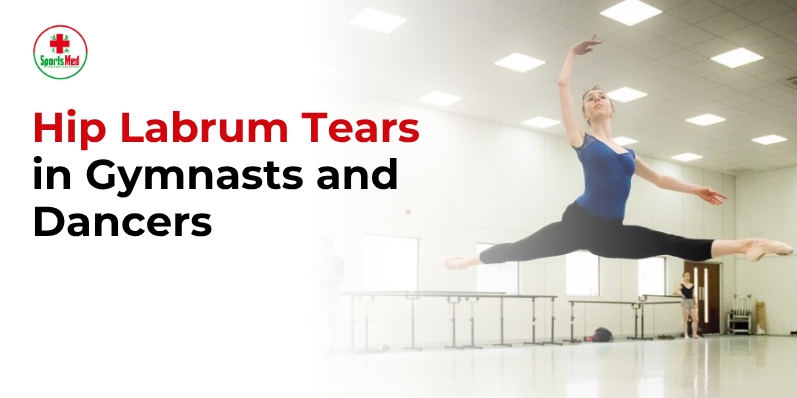
Hip Labrum Tears in Gymnasts and Dancers
As is true for sports such as gymnastics and dance, flexibility, strength, and accurate movement are necessary. But with all that rigorous physical activity comes the risk of injury, particularly to the hip. One of the frequent and neglected problems is a tear of the hip labrum. This painful injury may sideline gymnasts and dancers for weeks, or even months, relative to their performance as well as the health of their joints. In this article, we are going to discuss what hip labral tears are, why we see them so commonly in these athletes, and what you can do to prevent them from happening in the first place.
Understanding Hip Labral Tears
The hip joint acts as a ball-and-socket type, where the round head of the femur snugly fits into the acetabulum, the hollow region of the pelvis. A rim of cartilage called the labrum encircles this socket's edge. This essential tissue stabilizes the hip, increases the depth of the socket to provide a tighter fit, and serves as a cushion to absorb shock when the joint is moved. Although anyone can develop a labral tear, gymnasts and dancers are most at risk because their sports involve repetitive extreme range-of-motion and high-level physical movement which are both factors that are prone to causing labral tears.
Causes of Labral Tears in Gymnasts and Dancers
There are many reasons why hip labral tears happen, especially in athletes participating in gymnastics and dance:
- Overuse and Repetition: The rapid-fire hip flexion, rotation, and extension that we find in all jumps, splits, and spins often cause the labrum to be placed under continuous stress.
- Severe Range of Motion: Movements that exceed the normal limits of the hip joint will increase the risk of tearing the labrum.
- Poor Technique or Alignment: Poor posture, poor landing techniques, over rotation upon performances, and the list could go on, can cause abnormal amounts of stress on the hip.
- Hip abnormalities: Some people have a slightly abnormal shape of their hip joint (e.g., femoroacetabular impingement) which increases the risk of labrum tears when working through certain motions.
- Acute injury: A fall, twist, or hit to the hip that happens suddenly during practice or competition can also cause a tear.
Preventing Labral Tears Strategies
Not all injuries can remain uninjured. However, below are some of the points that can help in reducing the chance of having a hip labral tear:
- Add the importance of warm-up, stretching, and flexibility: Make sure to warm up muscles and joints before an intense activity. When doing this prior to training or performing, do dynamic stretching rather than static stretching.
- Consider strength and conditioning programs: When you are trying to build hip stability as well as core stability, in addition to building up, the muscle groups must be balanced to protect the hip.
- Correct Technique and Form: Trainers and coaches must continually check and correct alignment, posture, and movement techniques to reduce joint strain.
- Limit Overtraining: Organize sufficient rest and recovery time between heavy sessions. Excessive working of the hips without recovery elevates injury risks.
- Use Supportive Footwear and Surfaces: Training on proper surfaces and with supportive footwear minimizes hip joint impact stress.
- Listen to Early Warning Signs: Hip pain, stiffness, or clicking should not be neglected. Early treatment can turn minor problems into little more than significant injuries.
Conclusion
Hip labral tears are a major issue for dancers and gymnasts due to the extraordinary stresses these activities put on the hip's mobility and stability. Knowing what is behind these injuries and implementing focused prevention can benefit athletes in guarding their hips and prolonging their careers. Strength training regularly, technique monitoring, and body consciousness are important factors in joint care. By focusing on these habits first, dancers and gymnasts can minimize their risk for labral tears but still maintain performance at their highest level.